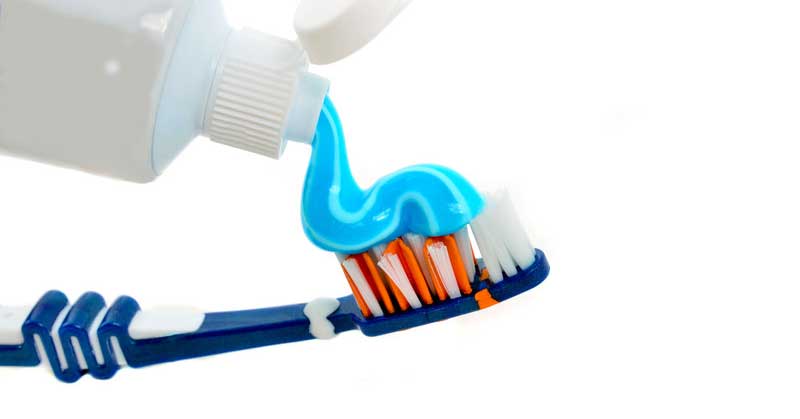Dental fluorosis is a condition where the tooth enamel becomes overly porous due to excessive consumption of fluoride in children ages 8 and under. When this condition occurs, it can have both cosmetic and structural effects on the tooth. But while the former can be corrected through cosmetic means, the latter is permanent and leaves the tooth at risk of erosion.
HOW DOES DENTAL FLUOROSIS OCCUR?
We’ve established that too much fluoride can start to affect the teeth of young children, but how does it occur where a child can end up consuming too much? There are a few possibilities, young children aren’t always careful about spitting out toothpaste when they brush. They may swallow it either intentionally or by mistake.
Mothers who drink high amounts of fluoridated drinking water during pregnancy may also pass on heavy volumes of fluoride to the fetus, setting the stage for dental fluorosis after birth. A child may also consume too much fluoride in foods that are manufactured or prepared using fluoridated water.
SYMPTOMS OF DENTAL FLUOROSIS
Young children over the age of 2 will begin to show signs of dental fluorosis in their teeth in a variety of forms. Mild cases typically manifest as white splotching, pale spots, or streaks that are visible on the teeth. More severe and concentrated cases display themselves as dark stains that don’t brush off no matter how hard you may try.
These are all indicators that the enamel on the teeth has been significantly and permanently damaged. Dentists may apply a number of cosmetic solutions to repairing the surface aesthetic of the tooth but the enamel can not be replaced. This leaves the tooth vulnerable to further damage and more diligent brushing routines will be mandatory in order to preserve it.
AVOIDING DENTAL FLUOROSIS
You can take some steps to ensure that your child doesn’t suffer this fate. Children under the age of 2 don’t need to use fluoride toothpaste, while those over 2 years may use fluoride toothpaste but only twice a day. If your child is slightly older, supervise his or her brushing habits and encourage them to spit out their toothpaste instead of swallowing it. When applying paste to the brush, use no more than a pea-sized amount.
Check to see how much fluoride content, if any, is in your local water supply, and notify your doctor in the event he or she prescribes a fluoride or vitamin supplement for the child. Their water may be enough fluoride for them without an additional source introduced into their system.


